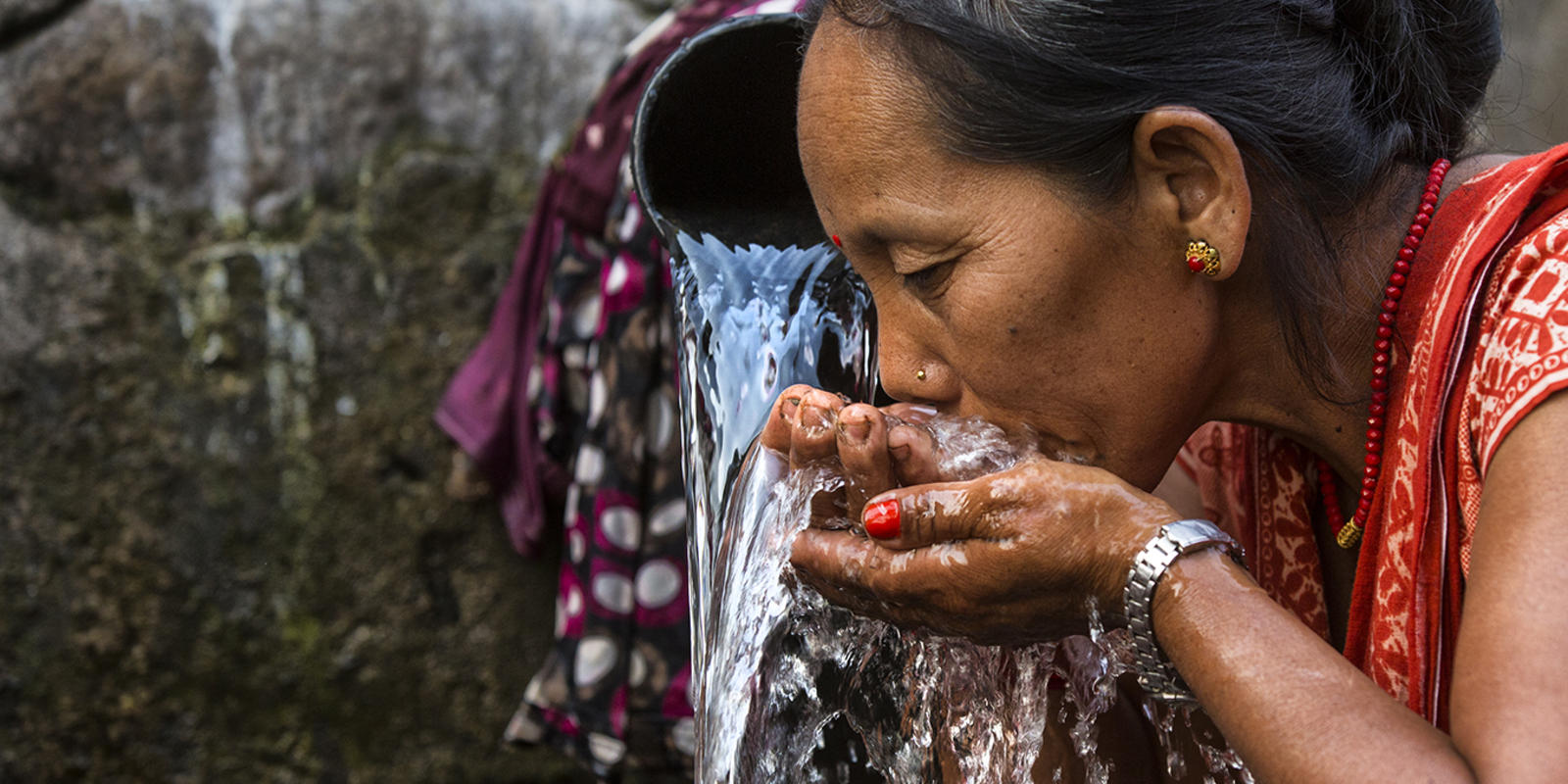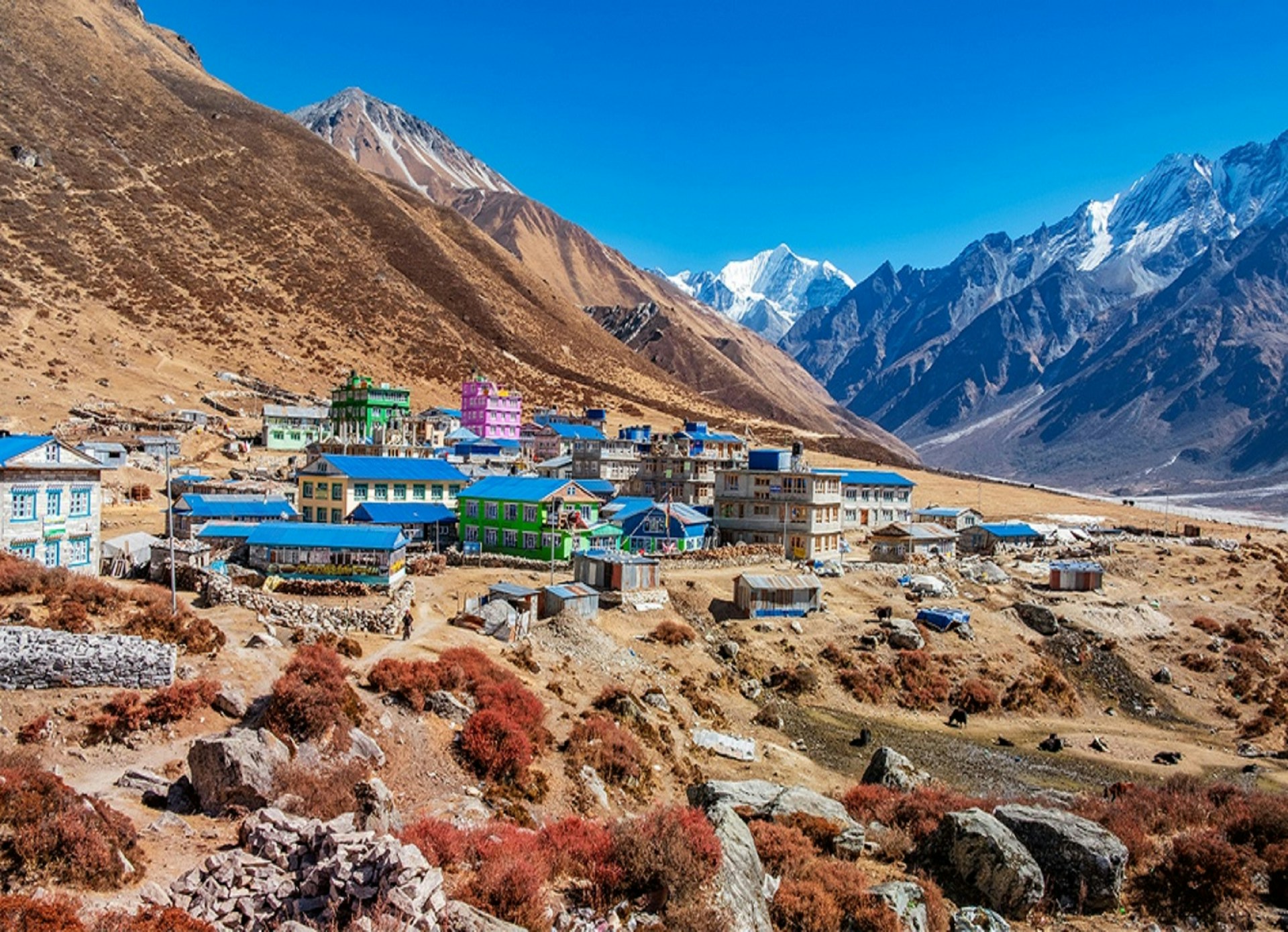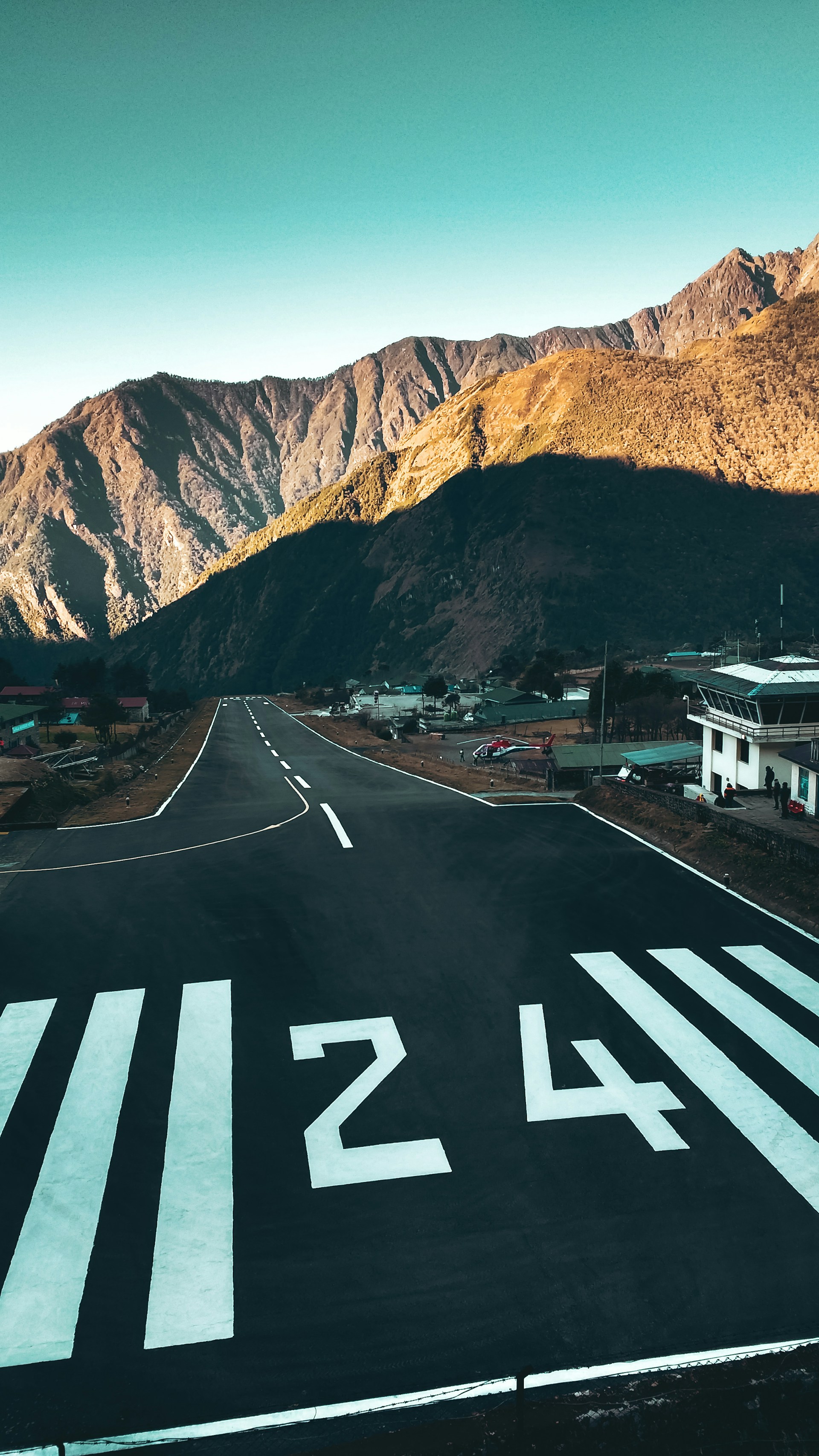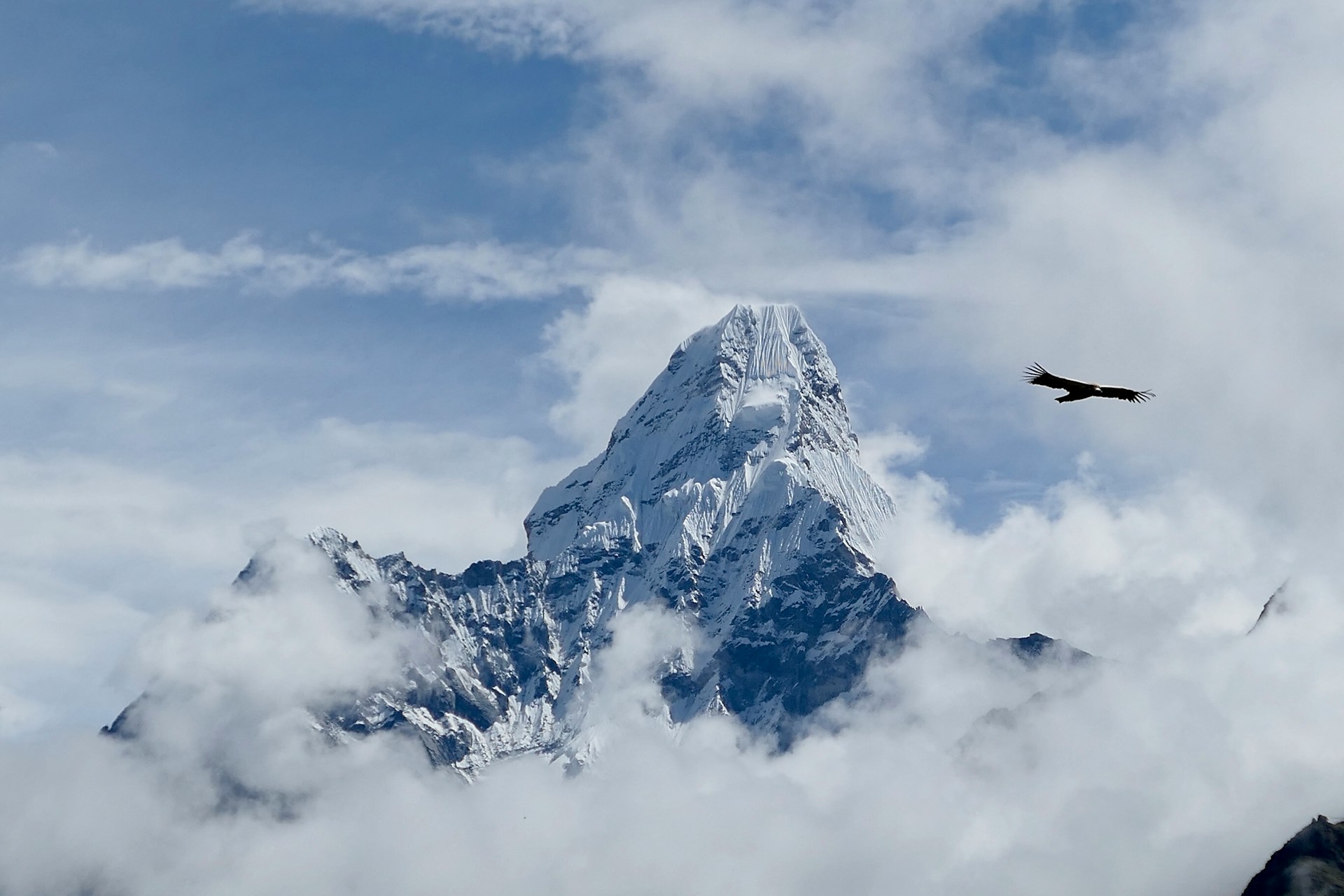What about water in Nepal?
Water is one of the most important basic needs for all the living being. About 70% of the human body is made up of water. Human beings can live without food for some time but not without water. Water is used for various purposes, such as for cooking food, washing clothes, bathing, growing crops, construction work and for generating hydro-electricity. Water plays a vital role in the development of a country. Clean drinking water is necessary for good health. Thus, governments should make all the efforts to supply pure drinking water to its citizens.
History shows, people used to drink water directly from the source. The first piped water for drinking purpose was launched in Kathmandu during the time of Bir Shumsher. Water was bought through pipes from Shivapuri area, in the north of Kathmandu and store in a reservoir in Maharajjung. At present, the reservoir is known by the name of “Pani Pokhari”. From the reservoir, water was piped out and supplied to different parts.
During the time of Bhim Shumsher, water was bought through pipes from Sangle Khola and store in the reservoir at Balaju. From here, water was piped out and supplied in various place. Later, the water used for generating hydro-electricity at Pharping was used for drinking as well.
How about the infrastructure?
Nepal is rich in water resources. But, the rural and urban areas of hills and terai are facing the problem of water scarcity. “Water, water everywhere, but not a drop to drink”. In most of the remote and rural areas, people drink directly from the sources like rivers, spring, ponds etc. They need to walk long distance just a fetch a bucket of drinking water. These open sources of water was polluted and contaminated. These water sources dry of especially in winter. Such polluted water is the main cause for water-borne diseases like dysentery, typhoid and cholera. Every year many infants, children and adults become victims of these diseases.
As only 27 percent of the population has access to basic sanitation, those without access rely on local surface water sources like rivers for bathing and washing clothes. At the same time, the establishments of water treatment facilities throughout the urban and rural regions are limited. As a result, Nepal faces a high number of water-borne diseases such as diarrhea, dysentery, typhoid, gastroenteritis and cholera. Starting with the dry season in the month of March to the end of the rainy season in September, one is extremely vulnerable to waterborne illnesses. Coupled with the unhygienic environmental situation, the risk of food and water contamination is increased. Children under the age of five are the most affected with an estimated 44,000 children dying every year in Nepal from waterborne diseases.
The demand for water is increasing significantly in Nepal and access to safe and adequate drinking water is crucial. The public lacks awareness and education on proper sanitation issues and domestic and industrial wastewater treatment plants need to be widespread. Nepal struggles to overcome this obstacle and needs solutions to eradicate this so that its citizens can live healthier lives.
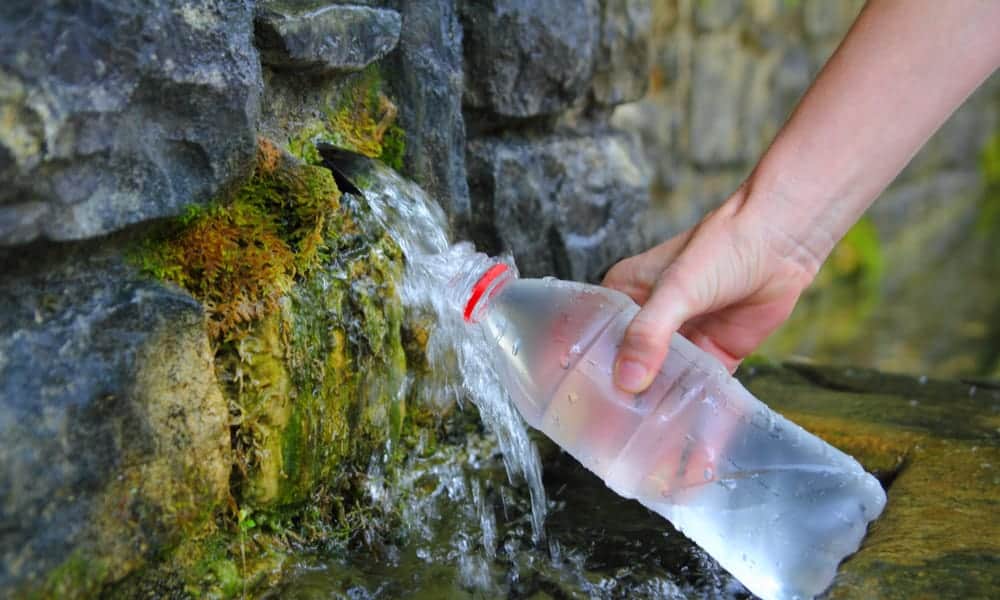
Beautiful way of water coming from walls.
Recent Blog Posts
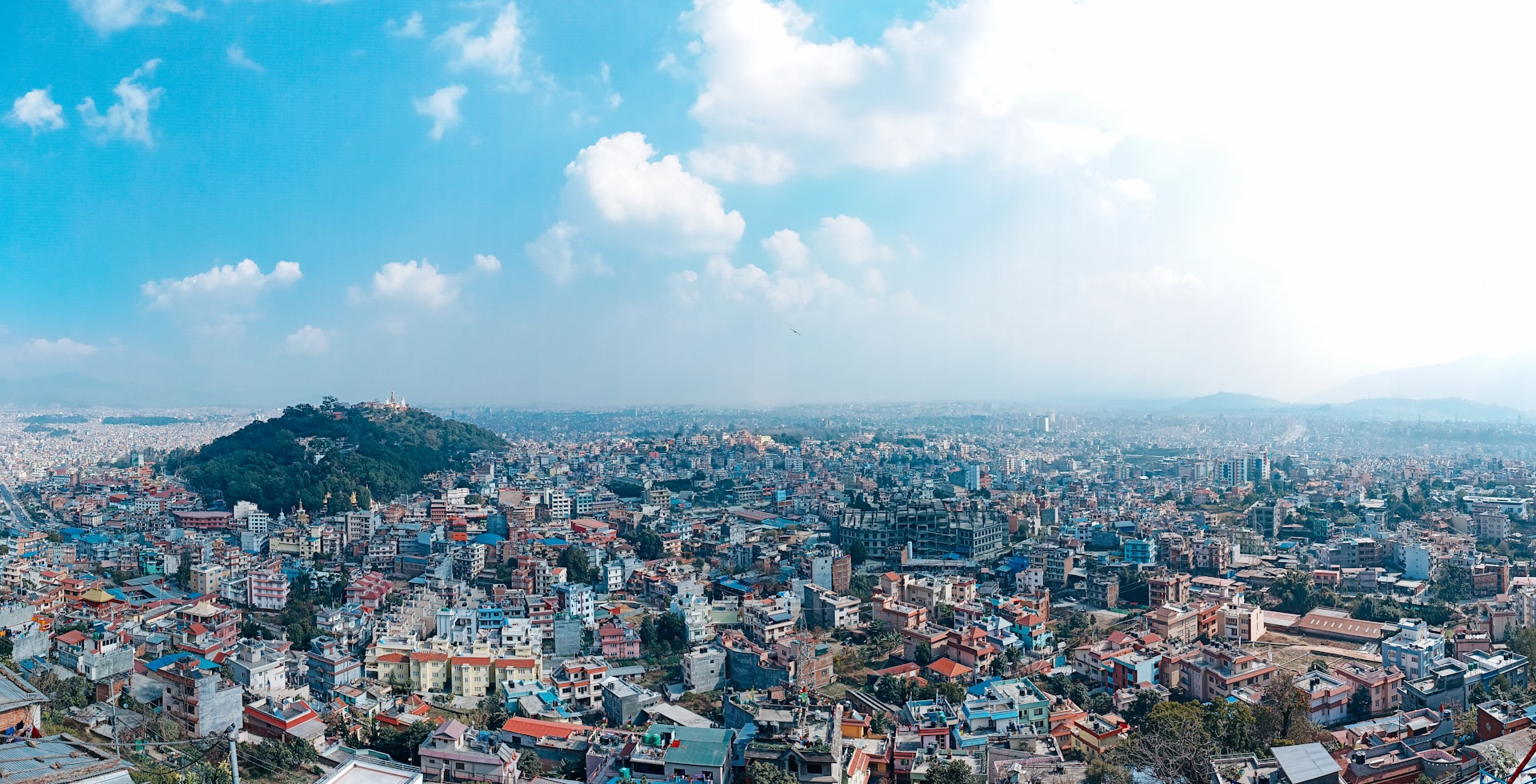
Kathmandu Valley: Exploring the Capital of Nepal
Jun 15, 2025
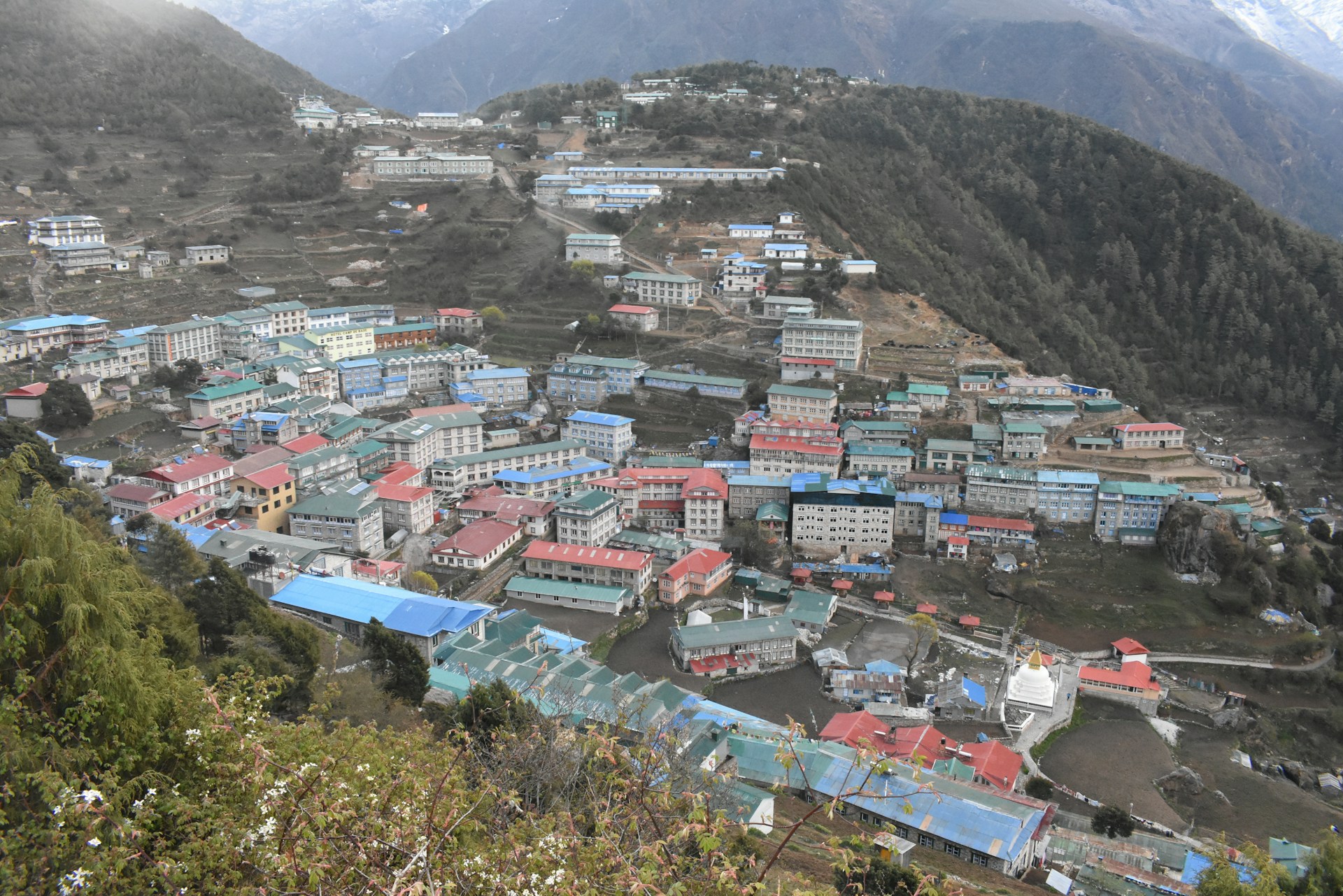
Namche Bazaar: What to Expect in the Sherpa Capital
May 20, 2025
